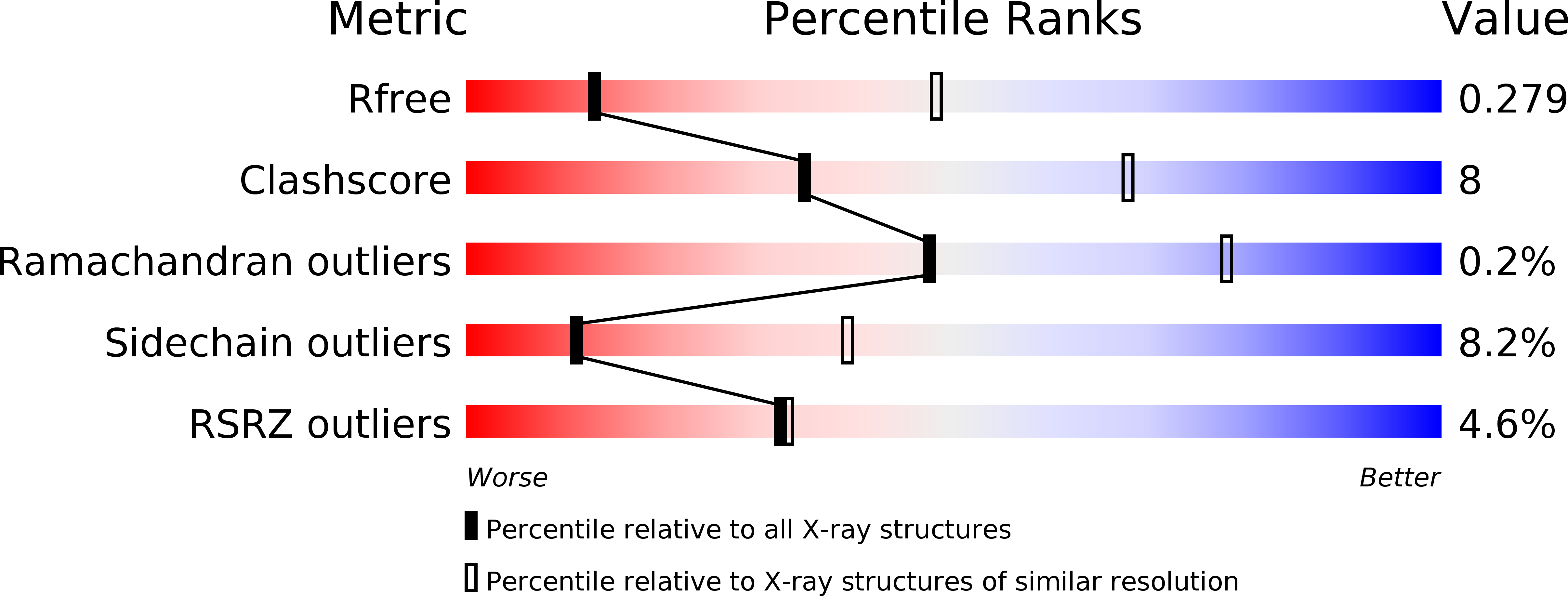
Deposition Date
2011-12-20
Release Date
2013-02-06
Last Version Date
2024-10-09
Entry Detail
Biological Source:
Source Organism:
Hepatitis B virus (Taxon ID: 10407)
Mus musculus (Taxon ID: 10090)
Mus musculus (Taxon ID: 10090)
Method Details:
Experimental Method:
Resolution:
3.34 Å
R-Value Free:
0.23
R-Value Work:
0.23
R-Value Observed:
0.23
Space Group:
P 1


